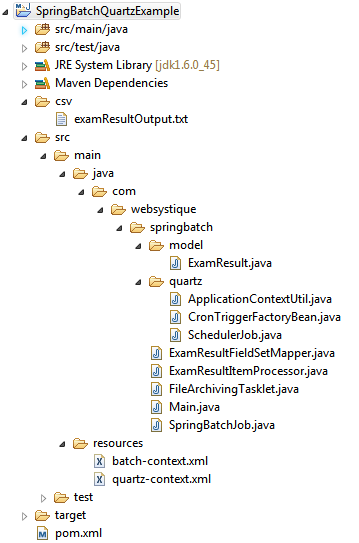Spring Batch Flat File Item Writer Example
Because the element names of the exported XML fragments are the same as the field names of the StudentDTO class, we don’t have to add additional annotations into the StudentDTO class. If this is not the case, or we need to use custom marshalling, we have to annotate our DTO class with JAXB annotations. Additional Reading: • • • We have now created an ItemWriter bean that writes the processed student information into an XML file. It’s time to summarize what we learned from this blog post. Free Shipping Manifest Templates. Summary This blog post has taught us five things: • If we need to write information to a CSV file, we have to use the FlatFileItemWriter class.

Reflex After Effects Crack For Mac. This blog post helps you to write the output data of your Spring Batch job to CSV and XML files. Spring Batch Tutorial: Writing.
• If we have to add a header row into the created CSV file, have to to implement the FlatFileHeaderCallback interface. • The FlatFileItemWriter class transforms an object into a line by using a LineAggregator. • If we need to write information to an XML file, we have to use the StaxEventItemWriter class. • The StaxEventItemWriter class transforms objects into XML fragments by using a Marshaller. You can get the example applications of this blog post from Github: and.

Nvram Database File Mt6752 on this page. Hi, Unfortunately it’s impossible to propose a solution because you didn’t describe the requirements of your CSV file. Also, since one person can have multiple addresses and packages, you have to either write multiple rows per person, or transform addresses and packages into strings that are written to the columns of your CSV file. After you have decided how you will solve this problem, you can configure the FlatFileItemWriter bean, and create the required LineAggregator and FieldExtractor objects that help you to extract the input data of your step and create a row that is written to the CSV file.